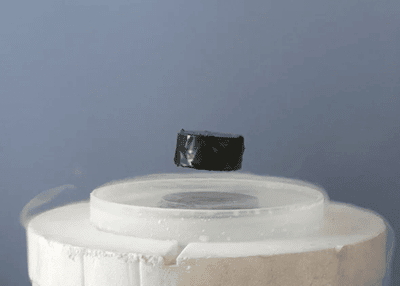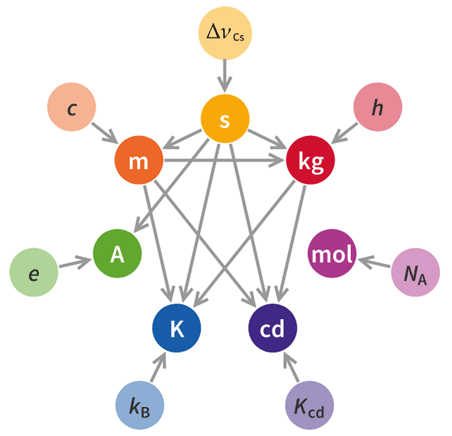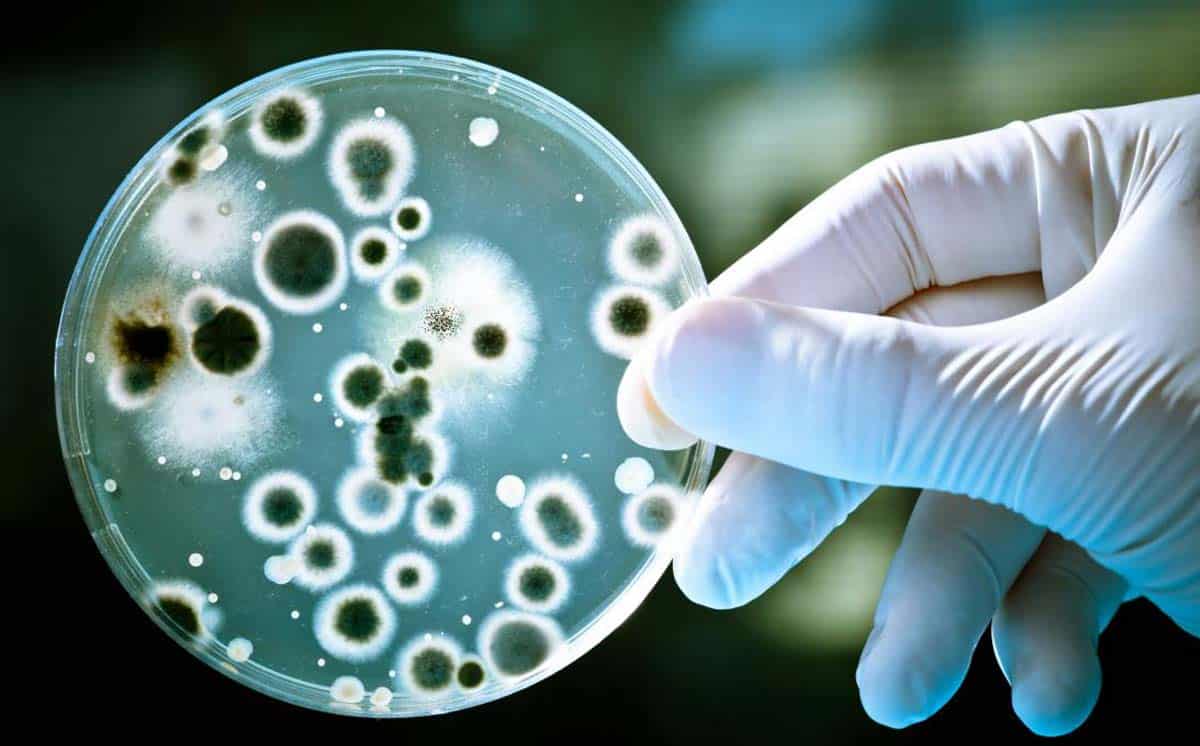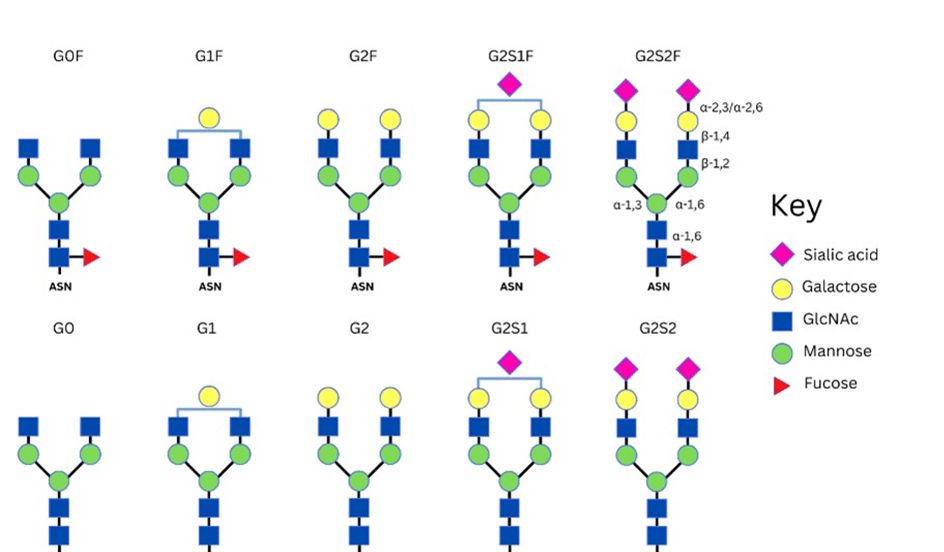The Very Standard Kilogram
Gravimetry, the science of measuring weight plays a critical role in Analytical Sciences. All analytical chemistry labs are equipped with one or more calibrated scientific balances to measure weight. Specifically, in quantitative analyses, incorrectly calibrated balances or otherwise erroneous weight/mass measurements (often the first step of much larger explorations) may have catastrophic consequences to the final results. At Emery Pharma, we take great care in maintaining our balances with strict Standard Operating Procedures guiding their use and regular qualification/calibration.
The central unit in gravimetry is the Kilogram or Kg set by the International System of Units (SI). All weight/mass measurements, balances, and calibrations are ultimately traced to the standard Kilogram. However consequential this standard may be, the definition of 1 Kilogram has evolved though the years: originally defined in 1795 as the mass of 1 litre of water, but later established as the mass of a cylinder of platinum-iridium (Pt-Ir), the International Prototype of the Kilogram (IPK) in 1889. And then in 2019, the definition and hence the actual mass that corresponds to a Kilogram was updated yet again.
The issue with the then established identity of the Kilogram was addressed in our previous post on the subject in 2017. We questioned the ability of the IPK, a golf-ball sized Pt-Ir cylinder to be a primary standard that would endure the weathering of time. Indeed, the biggest issue with the official mass standard was that the standard kilogram was an artifact, meaning it is realized by a designated physical object and thus susceptible to damage, erosion, chemical reactions, etc.
Kilogram No. 20, in the U.S., is one of several “working standards”. Credit: Science Source. https://www.scientificamerican.com/article/redefining-the-kilogram/
Simply put, as an artifact, no matter how carefully it is handled or stored, it is prone to some wear and tear. It has been shown that the exact copies of the IPK show mass drift, losing on average about 50 μg over the past 100 years. And if exact copies of the IPK experience mass drift, the IPK itself must experience mass drift as well. While negligible to the average person, in a world where increasingly precise measurements are required, this fluctuation in mass becomes unacceptable as the rigors of science demand greater and greater accuracy.
One Standard, One Constant
In light of this finding, the International Committee for Weights and Measures (CIPM, Comité international des poids et mesures, in French) recommended that the kilogram be redefined. Several approaches to redefine the kilogram was examined by the scientific community. All approaches focused on one goal: to define the kilogram based on a universal (fundamental), unchanging constant. Unlike a physical object—where even the simple action of weighing can leave behind a small portion of the object, thus changing the object.
For example, the meter was redefined from a marked platinum/iridium bar (which happens to be made at the same time as the IPK) to the constant of the speed of light; specifically, the distance light travels in a vacuum in a very short amount of time (1/299,792,458 of a second, in fact). Defining a standard based on a universal constant means that no artifacts need to be maintained, and the standard can be independently reproduced in different laboratories by following a written specification.
Measuring the Measurement – How to redefine the Kilogram?
One approach is to count the number of atoms to make up one kilogram. Elements proposed to be used for this method include silicon, carbon-12, and gold or bismuth ions. The principle behind using gold or bismuth ions is first, define the mass of the gold atom, and then define how many atoms are required to make one kilogram (3,057,443,620,887,933,963,384,315 gold atoms, in case you are wondering). From there, these atoms can be used to create new metal prototypes on demand by ion accumulation. However, this ion-accumulation effort was abandoned due to the many technical issues and poor reproducibility.
Carbon-12 and silicon were two other elements that were proposed to create kilogram prototypes. Of the two, silicone was the most practical to realize as the technology already exists to create ultrapure monocrystalline silicone (the same cannot be said for carbon). Both elements would also be defined with a fixed mass. But even with these techniques, impurities within the silicon, as well as other chemical impurities and oxides, would cause enough deviations within the artifact that would make reproducibility and the required accuracy of these artifacts extremely challenging to make.
Another approach is using ampere-based force to define the kilogram. This approach is appealing because it defines the kilogram using the very terms that define the nature of mass: acceleration due to an applied force. In this case, magnetic force was used to provide the acceleration. However, this approach has been abandoned due to the extreme impracticality of creating a device that can reproducibly and accurately create the require force to measure the kilogram.
A magnet levitating above a superconductor cooled by liquid nitrogen. While not the contraption investigated to measure the kilogram, the concept is the same: utilizing a magnetic field to generate the force required to derive the kilogram. Credit: Mai-Linh Doan/Wikimedia Commons, CC BY-SA 3.0. https://www.scientificamerican.com/article/how-do-they-do-that-a-closer-look-at-quantum-magnetic-levitation/
In 2019, the approach that was accepted by the CIPM was to define the kilogram in terms of the Planck constant. The Planck constant is a physical constant that help correlate fundamental natural entities such as mass and energy. To realize this, the kilogram is measured using a device called the Kibble balance, which is essentially a single-pan weighing scale that measures the electric power necessary to oppose the weight of the kilogram as it’s pulled by Earth’s gravity. This requires the Planck constant to be fixed (6.62607015 × 10-34 kg∙m2∙s-1, for those that are curious). From there, the kilogram is then defined in terms of the second and the meter, both of which are also defined by fixed physical constants (the frequency of cesium-133 atom and the speed of light, respectively). With these terms traceable to unchanging, universal constants, this allows the kilogram to be derived, instead of being tied to a changing, physical piece of metal.
Impact
Now there is no need for the kilogram to be defined by a physical object, like the IPK. Even with this momentous achievement (at least in the world of metrology, the scientific discipline governing measurements), the kilogram was one out of four SI units that were redefined in terms of natural physical constants: the other units were the ampere, kelvin, and mole.
All seven SI units are now defined by universal physical constants. Diagram by Emilio Pisanty – Own work, CC BY-SA 4.0, https://commons.wikimedia.org/w/index.php?curid=50713156
Of the four redefined units, the kilogram was the only—and the final—unit to be redefined away from a physical object.
Will this shift in the definition of the kilogram from a piece of metal to a fixed, unwavering number drastically change how we weigh stuff? Practically speaking, no. However, now that the definition of the kilogram has been freed from the limitations of a physical object, the kilogram can now be derived from a specification based on fundamental physical constants. And to scientists around the world requiring increasingly accurate measurements, this is the standard they have been waiting for.
References
- Bureau International des Poids et Mesure (BIPM). July 7, 2021. “Mise en pratique for the definition of the kilogram in the SI”. SI Brochure – 9th edition (2019) – Appendix 2.
- Clara Moskowitz. 1 November 2018. “Redefining the Kilogram”. Scientific American. 319, 5, 19 (November 2018). doi:10.1038/scientificamerican1118-19.
- Robinson, Ian A.; Schlamminger, Stephan (2016). “The watt or Kibble balance: A technique for implementing the new SI definition of the unit of mass”. Metrologia. 53 (5): A46–A74. doi:10.1088/0026-1394/53/5/A46.
- National Institute of Standards and Technology U.S. Department of Commerce online. “Kilogram: Silicon Spheres and the International Avogadro Project.” Created 14 May 2018, updated 2 November 2018.
- Bowers, Mary, The Caravan, September 1–15, 2009: “Why the World is Losing Weight”.




